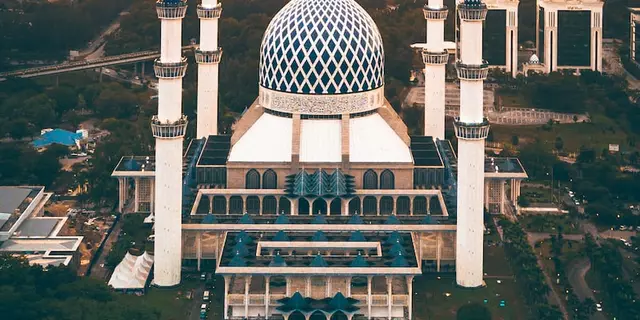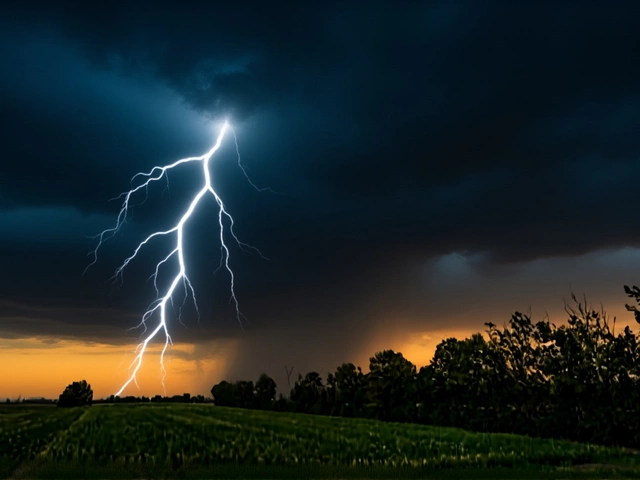Media Landscape in India – Latest News, Trends & Insights
Ever wonder why some stories feel bigger than others? That's the media landscape at work. In India, news channels, apps, and online portals all compete to catch your eye. Understanding how they operate helps you pick the right source and avoid the noise.
First off, the biggest players are still TV news and newspapers, but younger readers are moving fast to digital platforms. Apps like Google News and Flipboard personalize feeds, while websites such as India Daily Bulletin bring real‑time updates on politics, sports, and entertainment. This shift means the same story can appear in several formats within minutes.
How the Media Shapes Everyday Life
Media doesn’t just report events; it frames them. For example, a headline about a new tennis court in a district can spark community interest in sports, while a story on a political rally can influence voter sentiment. Because of this power, many outlets try to balance speed with accuracy. When you read a piece about the US Open champion Aryna Sabalenka, you’ll notice how the tone varies from a straightforward recap to a hype‑filled narrative depending on the platform.
Social media adds another layer. A single tweet or Instagram story can spread faster than a full‑length article. That’s why journalists now monitor trending hashtags to decide which angles to explore. It also means readers need to double‑check facts before sharing. A quick search on reputable sites can confirm whether a claim about "why Bihar and UP are called North India" holds water.
Top Tools and Apps to Stay Informed
If you’re hunting for the best news app, start with your device’s built‑in options. Google News learns what you read and surfaces similar pieces, while Apple News offers a clean layout for iPhone fans. Flipboard feels like a digital magazine and lets you save stories for later. All three let you customize topics, so you can follow "media landscape" without drowning in unrelated posts.
Beyond apps, newsletters are a low‑effort way to get curated content. Subscribe to a daily brief from a trusted outlet and you’ll receive a short email with the top headlines, plus a link to deeper analysis. This method saves time and keeps you from scrolling endlessly.
Remember, no single source tells the whole story. Cross‑checking between a TV channel, an online portal, and an app gives you a fuller picture. When you read about the cost of living in the US for an Indian family, look at both financial blogs and mainstream news to catch any missing details.
Staying savvy in India’s media landscape means being curious, using the right tools, and questioning the angles you see. With the right mix of platforms, you’ll always be a step ahead of the headlines.

An ideal Indian news channel should provide accurate and unbiased news and information, focusing on diverse perspectives from all parts of the country. It should have a good mix of local, national, and international news, with a focus on the people and events that affect the lives of Indians. It should also include more coverage of regional and rural issues, as well as social and environmental stories. The channel should be interactive, engaging its viewers with polls, debates, and discussions. Finally, the channel should provide a platform for minorities and unheard voices to be heard and respected. (Read More)



